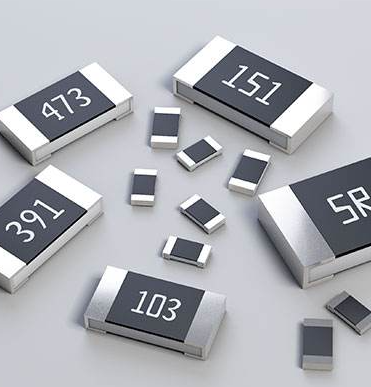Varistors, standing as sentinel components in the labyrinth of electronic circuits, offer voltage-limiting protection. Their utility springs from their non-linear characteristics, stabilizing voltage to a preordained level amidst overvoltage tumults, thus shielding the sanctity of downstream circuits.
Initially, a tapestry of pivotal parameters delineates a varistor's function: varistor voltage, current capacity, junction capacitance, and response time. These elements weave together to define a varistor's performance. The varistor voltage marks the threshold for activation; current capacity reflects its endurance limit. Junction capacitance and response time, meanwhile, are keystones in assessing suitability for high-frequency circuit theatrics. Noteworthy is the varistor's response time—clocked in nanoseconds—heralding them as swifter protectors than gas discharge tubes, yet marginally eclipsed by TVS tubes, fittingly serving the overvoltage protection needs across a vast electronic circuit spectrum.
Designers are tasked with navigating the "secondary effects" varistors might unfurl, such as elevated leakage current, potentially sapping system efficiency. The impact of junction capacitance on signal frequency and leakage current demands meticulous scrutiny to preserve system equilibrium.

Varistors boast a diversity in configuration, material makeup, and volt-ampere characteristics, presenting a kaleidoscope of choices. Junction varistors are prized for their distinctive contact non-linear traits, while body varistors are tailored for niche scenarios, courtesy of their semiconductor essence. Furthermore, varistors, sculpted from materials like zinc oxide or silicon carbide, and the option between symmetrical or asymmetrical volt-ampere traits, cater to a wide array of application demands.
Selecting a varistor requires a comprehensive evaluation of the circuit's operating conditions. The choice of varistor voltage must harmonize with the supply voltage and the expected grid fluctuation amplitude, ensuring the circuit's shield against such variability. The determination of current capacity should account for the peak surge current the device may confront, bolstering the varistor's defense against surge onslaughts. Moreover, the selection of the clamping voltage ought to fall beneath the maximum voltage tolerance of the protected component.
For applications where high-frequency signal transmission is paramount, special focus on the capacitor Cp size and the synergy between the protected component's internal resistance and the varistor's transient internal resistance is imperative. This ensures the seamless conveyance of signals without undermining system performance.
